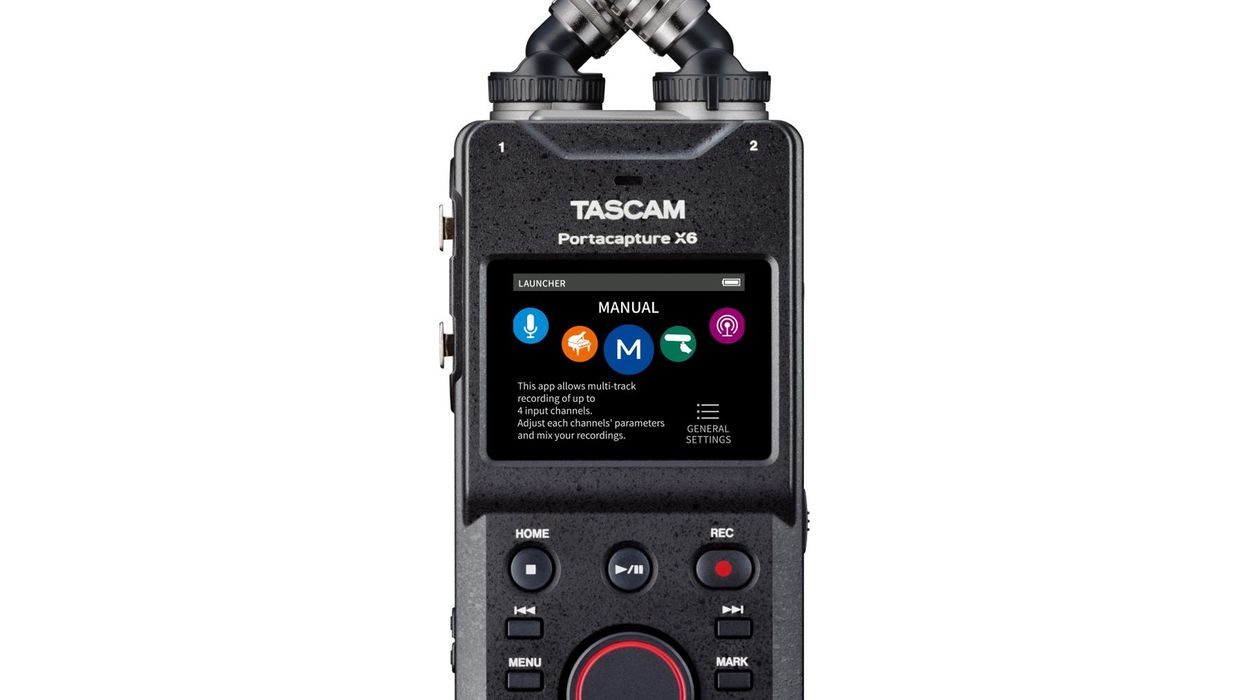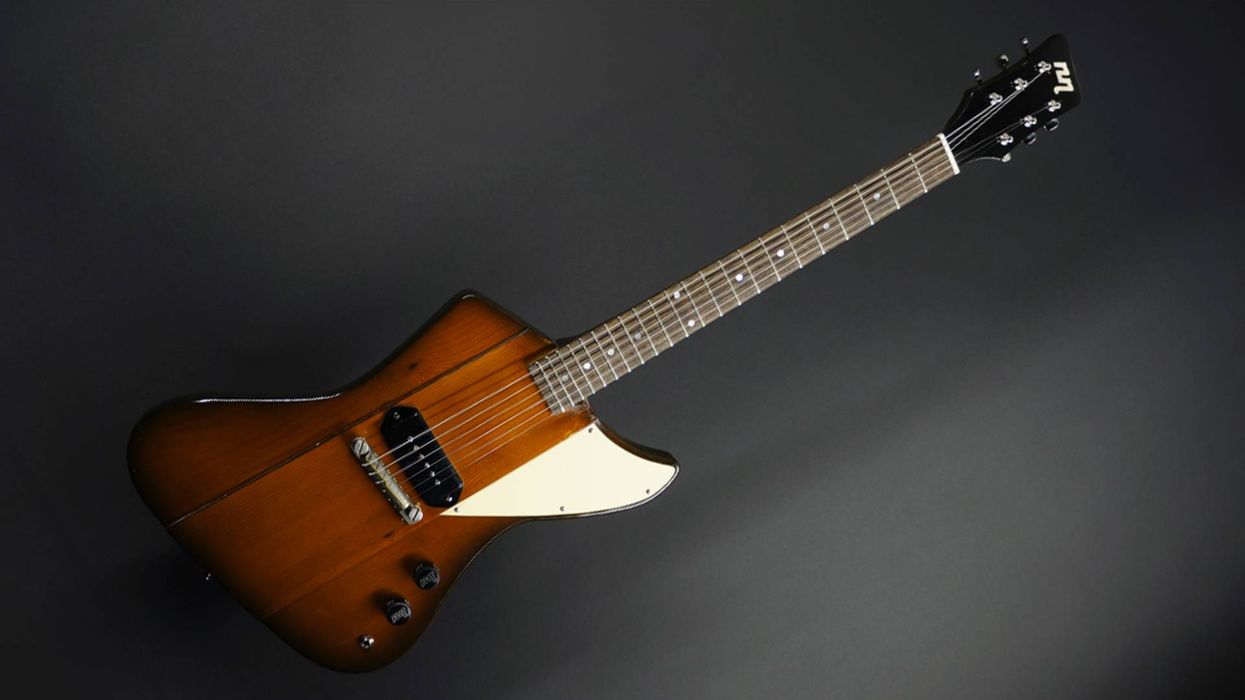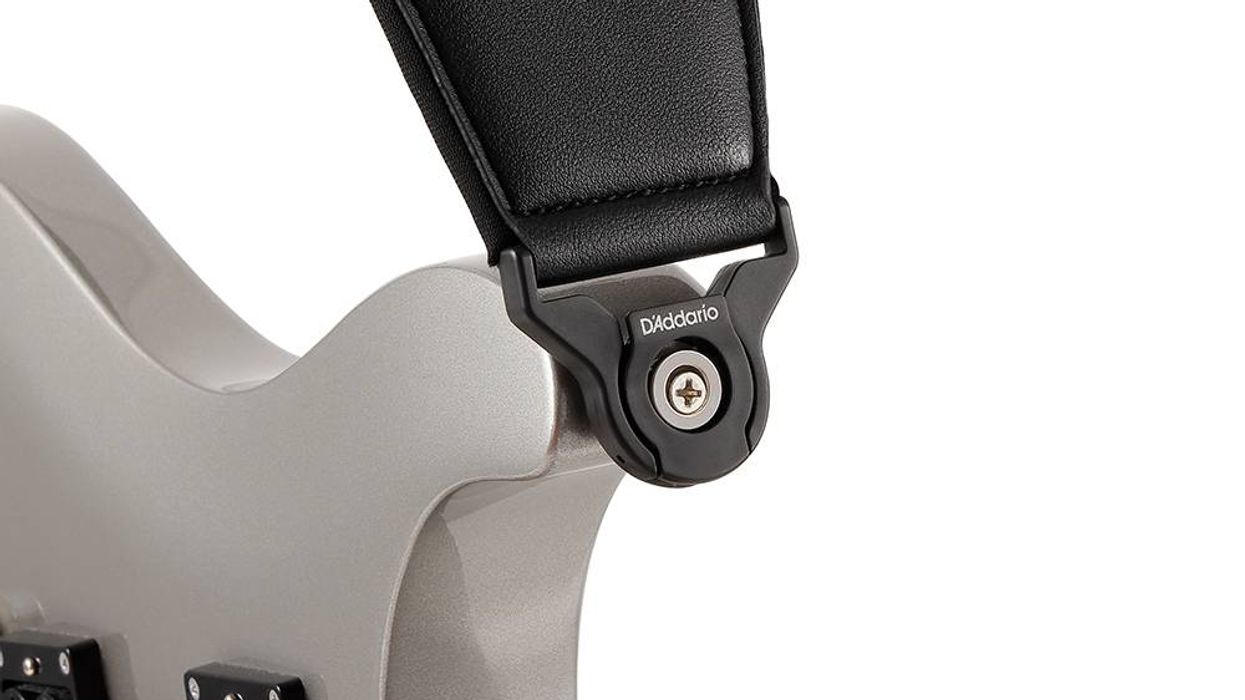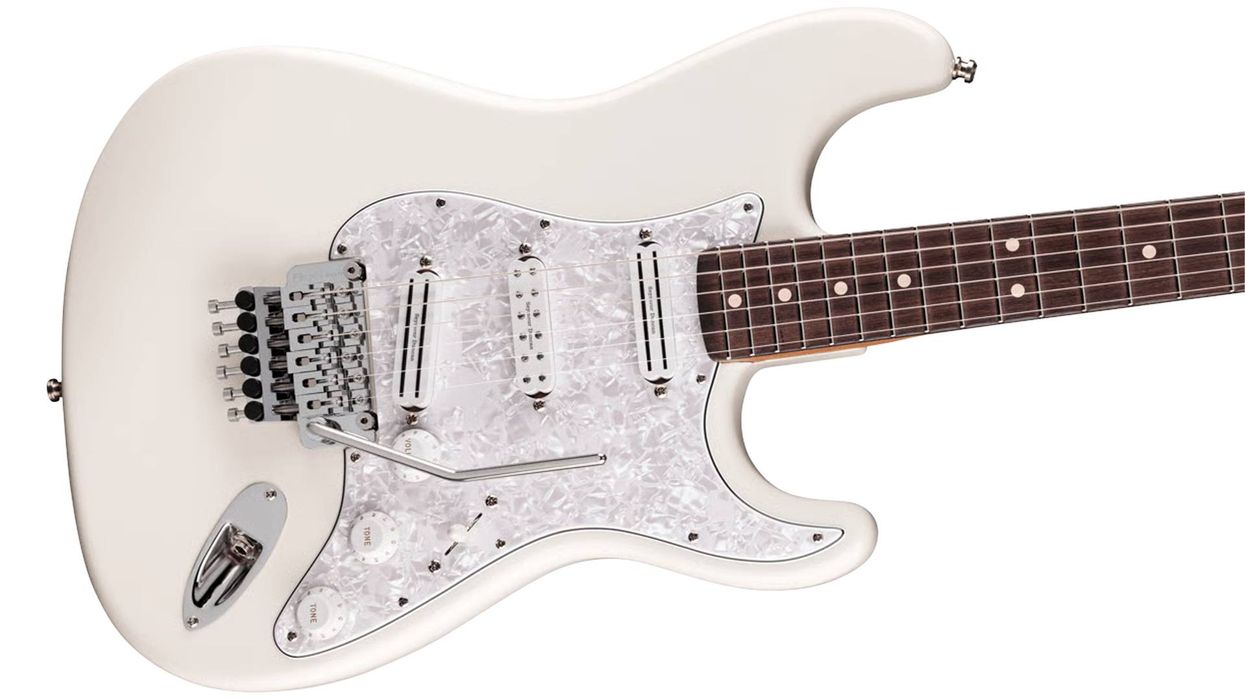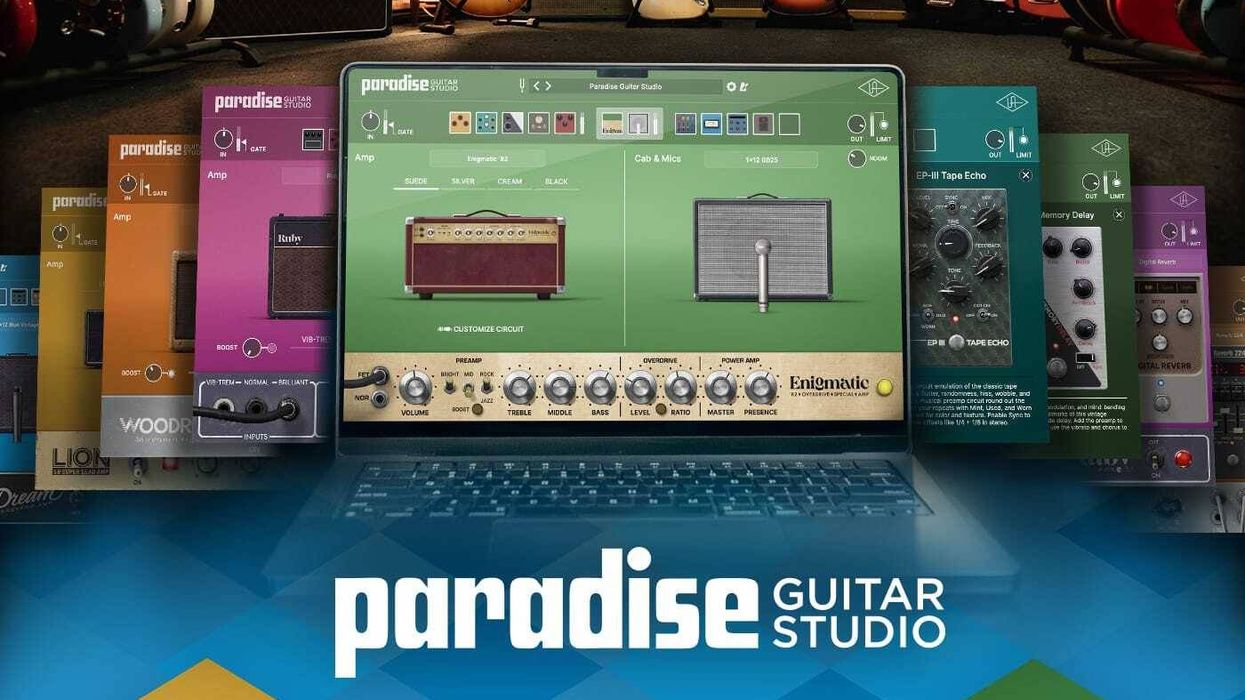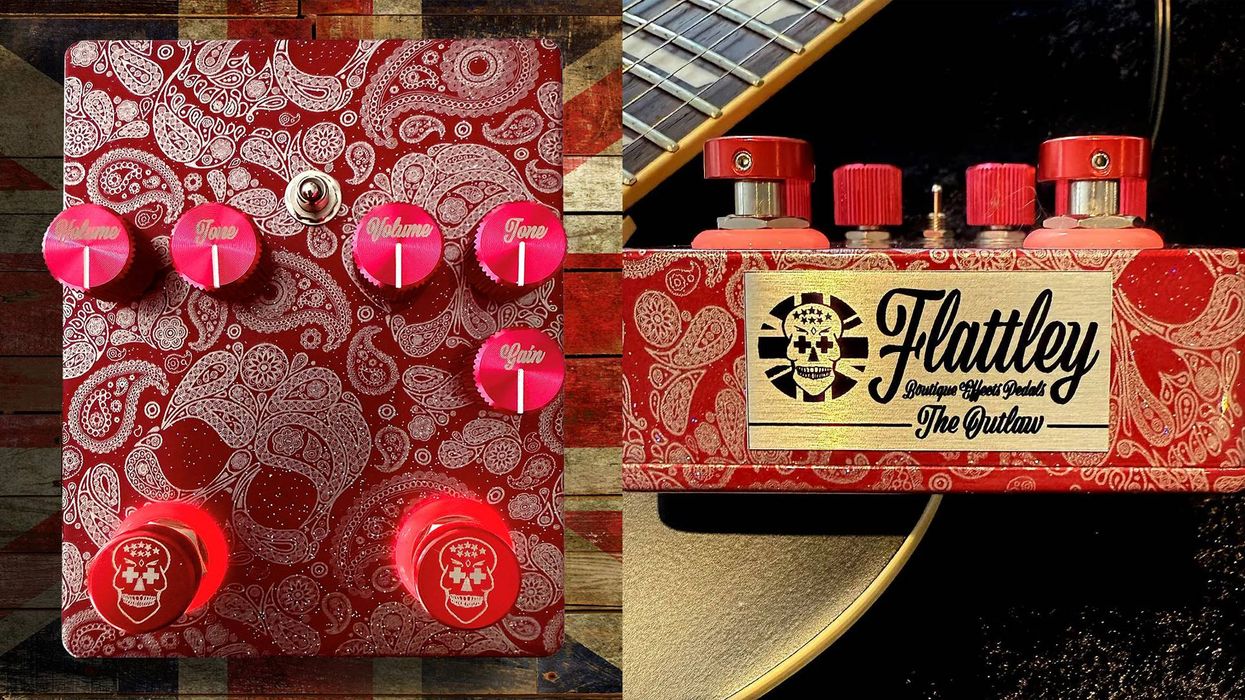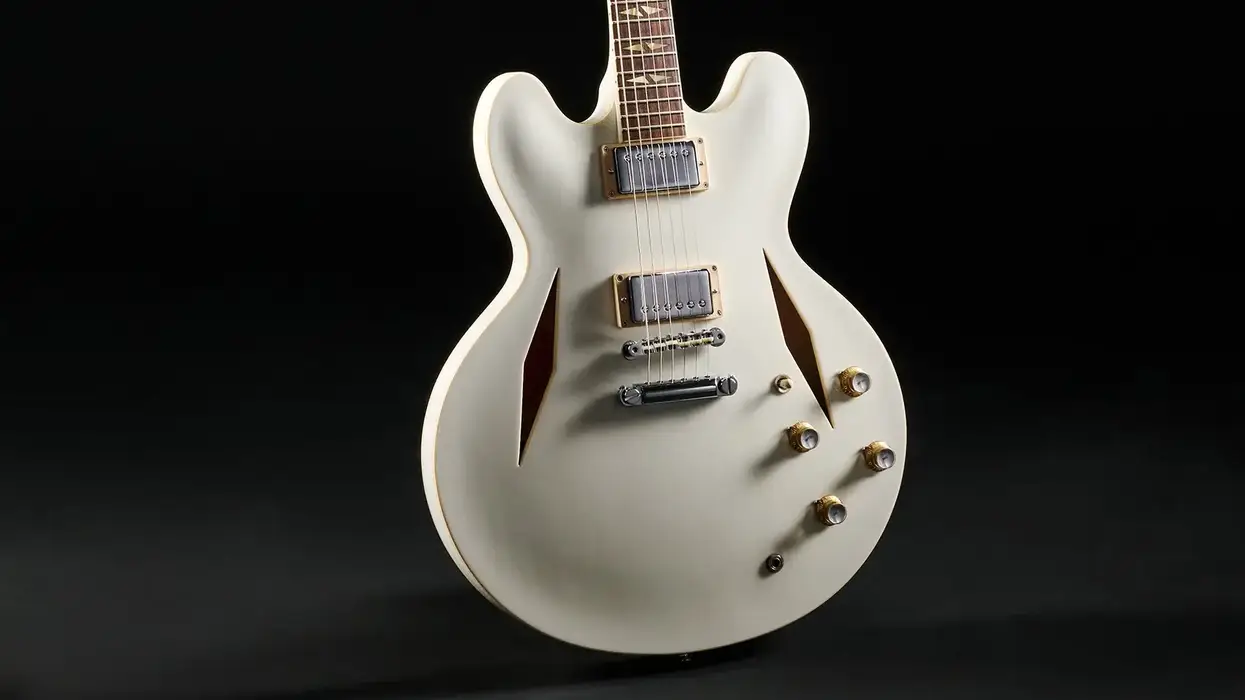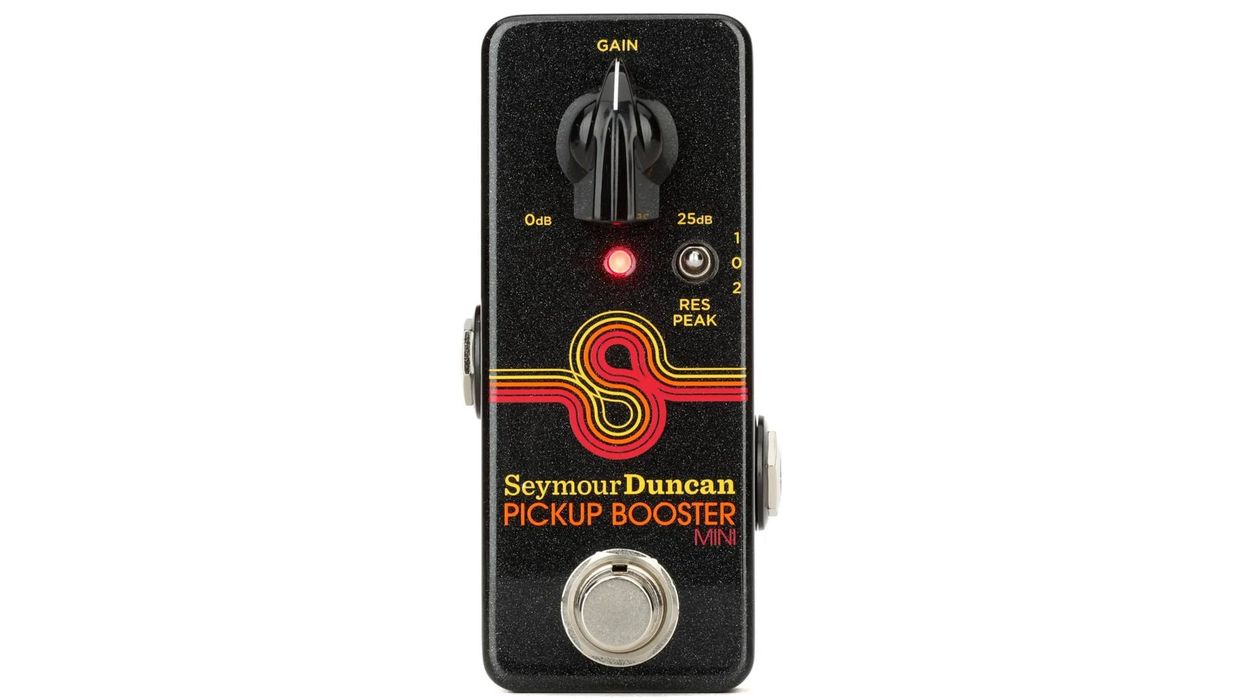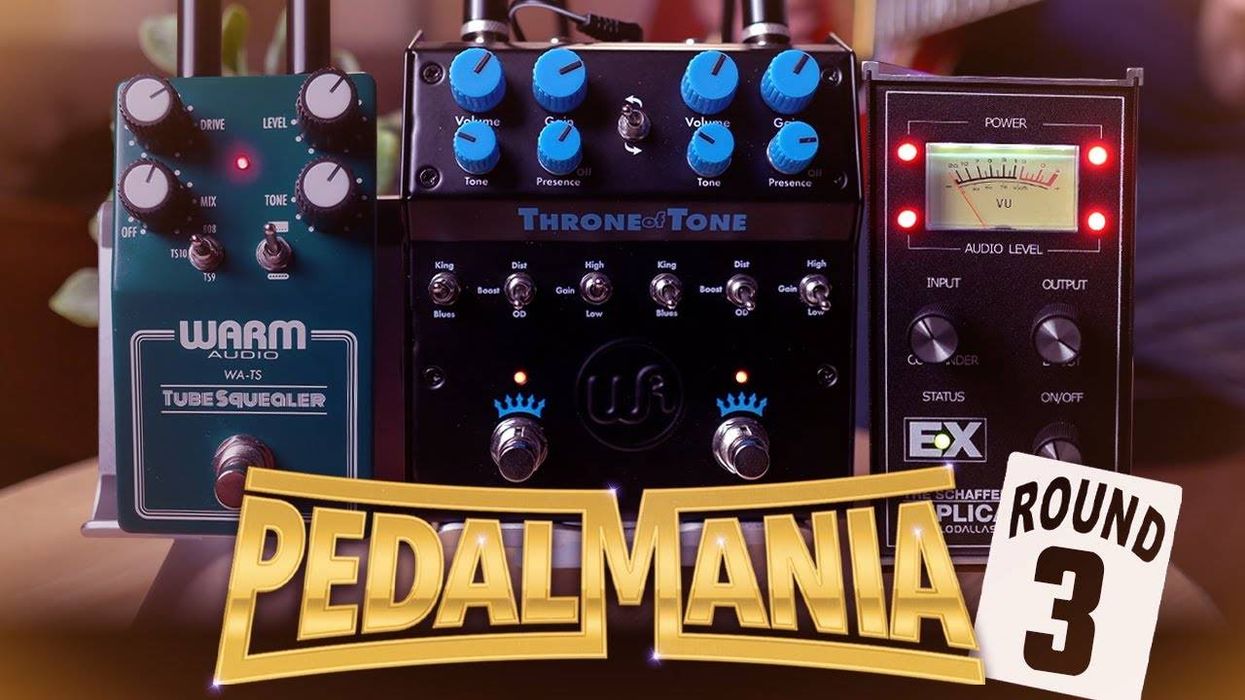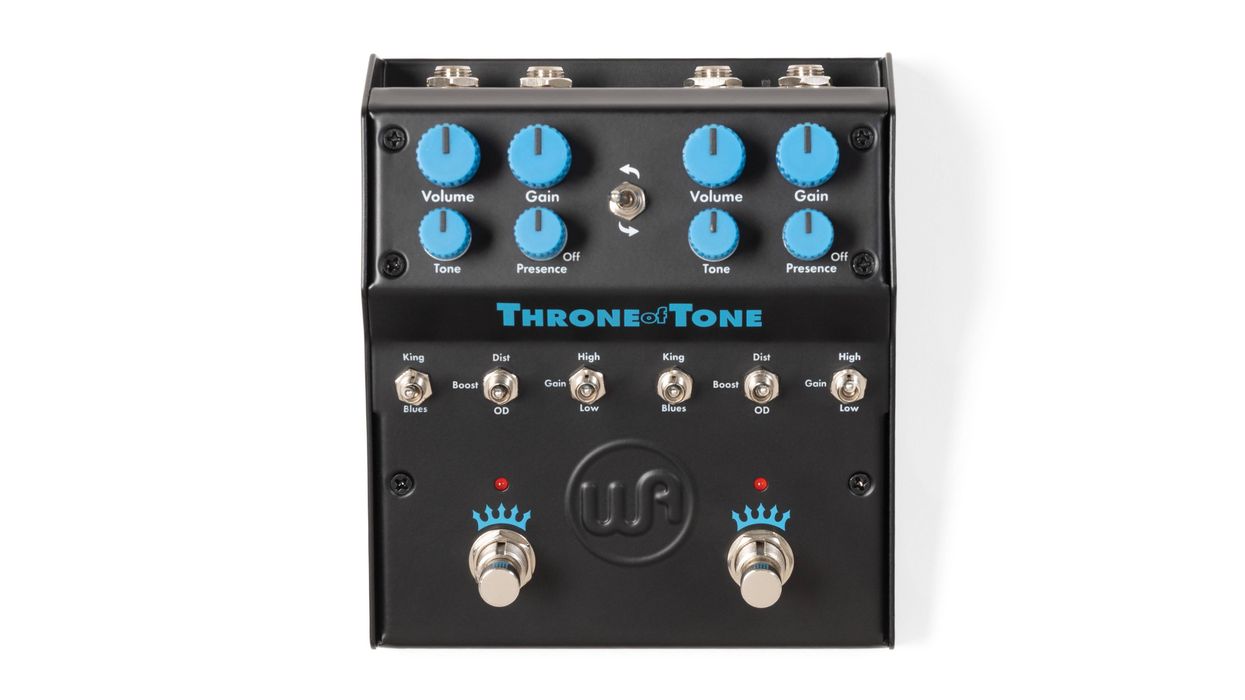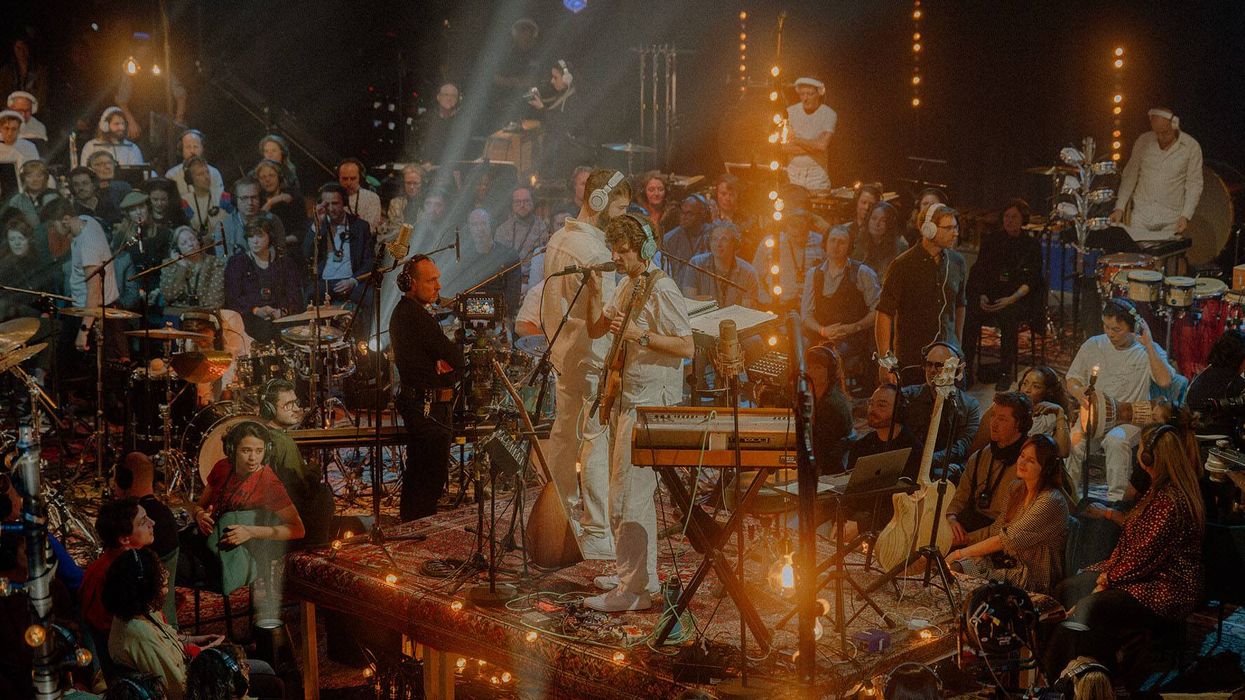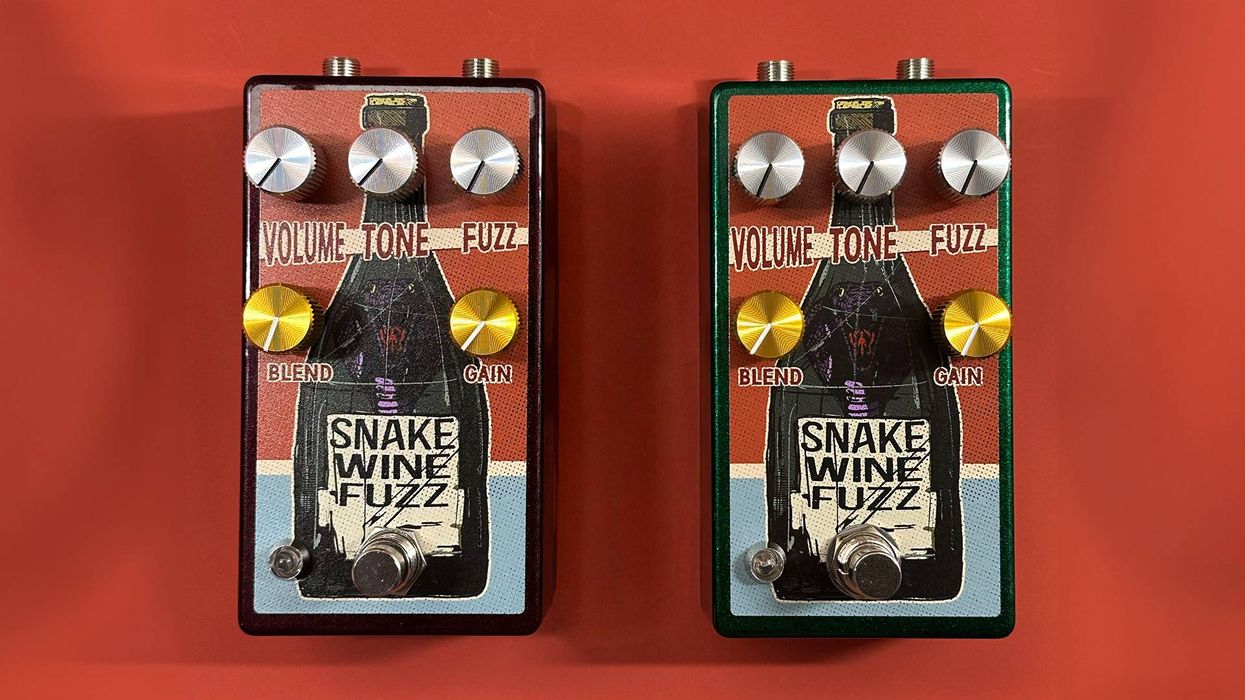Featuring 96 kHz/32-bit float recording technology, a 2.4-inch high-visibility color touch screen for easy operation, 2 XLR inputs and dual built-in microphones with switchable AB / true XY microphone patterns, plus an intuitive GUI (Graphical User Interface), the new Portacapture X6 is an ideal tool for videographers, podcast/YouTube creators, sound designers, and musicians in search of high-quality stereo mix recordings for smaller scale production projects.
As the Portacapture X6 can be used for numerous audio production tasks, it features an easy-to-useGUI tailored to the launcher screen that offers multiple recording modes for different scenarios. These recording modes include Field recording, Voice, Music, Podcast, and ASMR in addition to Manual, which allows access to all set-up parameters manually. The compact size of the unit is particularly good for dialog recording and interviews with or without a camera and high-quality stereo music recording. As a multi-track recorder, the unit provides for 6 simultaneous tracks (4 tracks plus 2 mixes) of recording with support for upwards of 96 kHz, 32-bit float recording resolution.
For such a compact unit, the Portacapture X6 is remarkably versatile. This next-generation handheld recorder is equipped with 2 XLR input terminals with support for both mic and line-level* (maximum input level: +24dBu), AUX-IN/CAMERA IN, and LINE OUT/CAMERA OUT connections. Additionally, the two XLR inputs are compatible with phantom power (24V/48V) to support recordings with multiple mic/line inputs. Equally notable, the recorder provides dual built-in microphones with switchable AB /true XY microphone patterns that offer tremendous recording flexibility on location.
The new Portacapture X6 also features onboard processing for efficient postproduction tasks. The onboard processing functions include Low cut and Noise gate for reducing background noise and frequencies, a Limiter and Compressor for signal level management, plus a 4-band EQ for defining the character and tone of the recording. This 4-band EQ also offers presets for several common scenarios in addition to a full manual setup with an intuitive GUI. To eliminate wind noise and plosives even more, TASCAM is announcing the new WS-86 Wind Screen, which is a custom form fit design made for the Portacapture X6, Portacapture X8, DR-40X, and other large-format portable audio recorders.
The Portacapture X6 also has a USB interface function without the need for any additional drivers. As a result, the unit can be used as a compact mixer with built-in microphones for live streaming via OBS(Open Broadcaster Software) or similar platforms. It also offers direct recording of narration and dialogue directly to DAW and editing software. The system can stream the total mix via the USB Type-C connector.
For those people seeking remote control functionality, the Portacapture X6 delivers. By adding the optional AK-BT1 Bluetooth adapter, users can gain this functionality by using TASCAM’s PortacaptureControl app on their phone or tablet, which is available for both iOS and Android. The app can be downloaded free of charge via the Apple store or Google Play.
The TASCAM Portacapture X6 32-bit Float Portable Audio Recorder is slated to become available in Q1, 2023.
For more information, please visit tascam.com.
